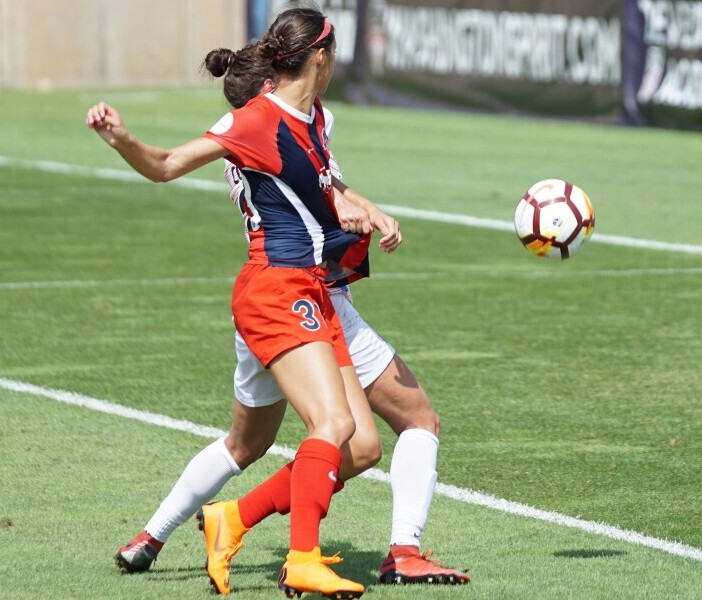
Rest isn’t just a nice-to-have in soccer training; it’s a need-to-have, right up there with your ball-handling drills and conditioning workouts. Every bit as important as the intensity of your practice is how well you recover afterward. If you think of training as building a house, rest is the foundation. Skip it, and everything else might just crumble.
Now, what’s really happening when your body hits pause? Plenty. During rest, your muscles repair themselves. When you’re giving it all on the field, tiny tears form in your muscles. It’s in those restful moments, when you’re snuggled under a blanket or taking it easy, that healing and strengthening happen. Essentially, rest is when the gains from all those hours on the pitch translate into actual improvements in your game.
Sports science dives deep into this—and no worries, you don’t need a PhD to get the gist. Quality sleep boosts your speed, accuracy, and decision-making on the field. Ever notice how sluggish you feel after a bad night’s sleep? It’s similar to that, but when you rest well, your brain becomes an even better ally, sharp and acutely aware.
Many athletes have turned into believers in the power of rest simply because they’ve lived it. Take, for instance, prominent soccer players who seemed down and out after injuries but came back stronger than ever. The secret sauce? Proper rest protocols.
Innovative Recovery Techniques Adopted by Top Soccer Teams
The world of soccer isn’t just about dazzling footwork and strategic plays. It’s also about what happens off the field, especially when it comes to down-time strategies employed by top-tier teams. Clubs are now diving into an array of innovative recovery techniques designed to maximize player performance and longevity.
One approach that’s gained traction is technology-driven recovery tools. Think of high-tech gadgets like compression boots or hydrotherapy baths. They’re not just fancy gadgets—they actively help reduce muscle fatigue and enhance circulation, giving players a jumpstart on recovery.
Cryotherapy is another cool (quite literally) method popular among elite soccer teams. Players willingly step into ultra-cold chambers for brief periods to reduce inflammation and speed up muscle healing. It might sound extreme, but users report feeling refreshed and ready to go.
Massage, a bit more old-school yet timeless, is still very much in play. Trainers use various massage techniques, focusing on muscle knots, tension spots, and promoting blood flow. It’s more than just relaxation—it’s an essential part of recovery that helps players maintain peak performance levels.
Analyze any top club, like FC Barcelona or Juventus, and you’ll see they’ve made player well-being a priority. By integrating these recovery tools, they’re not just focusing on game-day readiness but also ensuring long-term player health and reduced injury risks.
Insights from team trainers and physiotherapists underline the effectiveness of these methods. Their testimonies often highlight remarkable improvements in recovery times and overall player resilience. These stories are living proof of how advanced recovery strategies can change the game, helping athletes back on their feet faster and in better shape.
Mental Rest: Unplugging to Recharge the Winning Mindset
Physical rest might grab most of the headlines, but mental rest plays an equally starring role in soccer performance. The high-pressure nature of competitive soccer can easily take a toll on the mind, leading to burnout and decreased motivation. Ever feel your brain just needs a time-out? That’s where mental rest steps in, giving your noggin the break it deserves.
Incorporating small mental breathers into your training can work wonders. Simple tweaks like scheduled downtime or engaging in hobbies outside soccer can offer valuable mental relaxation. Think of it as a reboot for your brain, clearing away stress and giving space for fresh tactics and strategies.
Mindfulness and meditation are gaining a foothold in the toolkit of many soccer players. These practices help enhance focus, increase resilience to stress, and improve overall mental clarity. A few minutes of meditation can make a massive difference, sharpening your mind for that winning shot or crucial pass.
Finding the balance between being fiercely competitive and maintaining mental peace can be tricky but rewarding. Players that master mental relaxation enjoy enhanced on-field performance and are better equipped to handle high-stakes situations with calm and composure. By investing in mental rest, athletes can solidify their mind as one of their strongest assets.
Building a Balanced Training Schedule with Rest as a Pillar
Creating a training schedule that values rest as much as performance goes a long way in safeguarding both a player’s health and their career longevity. It’s not just about booking in rest days on the fly—it’s about intentional scheduling so that rest and work are carefully balanced.
For a start, organizing a weekly training plan with built-in rest periods is key. This might mean setting aside full days for recovery or planning lighter training sessions following intense games. Sure, the urge to keep pushing is strong, but that rest time is when your body does its magic, turning practice gains into real growth.
Every player is different. That means personalized rest cycles can make a huge difference in optimizing performance. Tailoring schedules to individual needs—depending on physical condition, game frequency, and personal stress levels—can lead to better results on the field.
Education plays a crucial role here too. Athletes, as well as coaches, need a solid understanding of how essential rest is to the training ecosystem. This knowledge helps resist the temptation to skip rest in favor of more training.
Not to forget, rest cycles are a powerful tool in injury prevention. A mindful schedule that incorporates appropriate rest minimizes overuse injuries, letting players maintain peak performance with fewer sideline spillovers. In the long run, nurturing a culture that respects rest can lead to more successful and lengthy careers in soccer.
